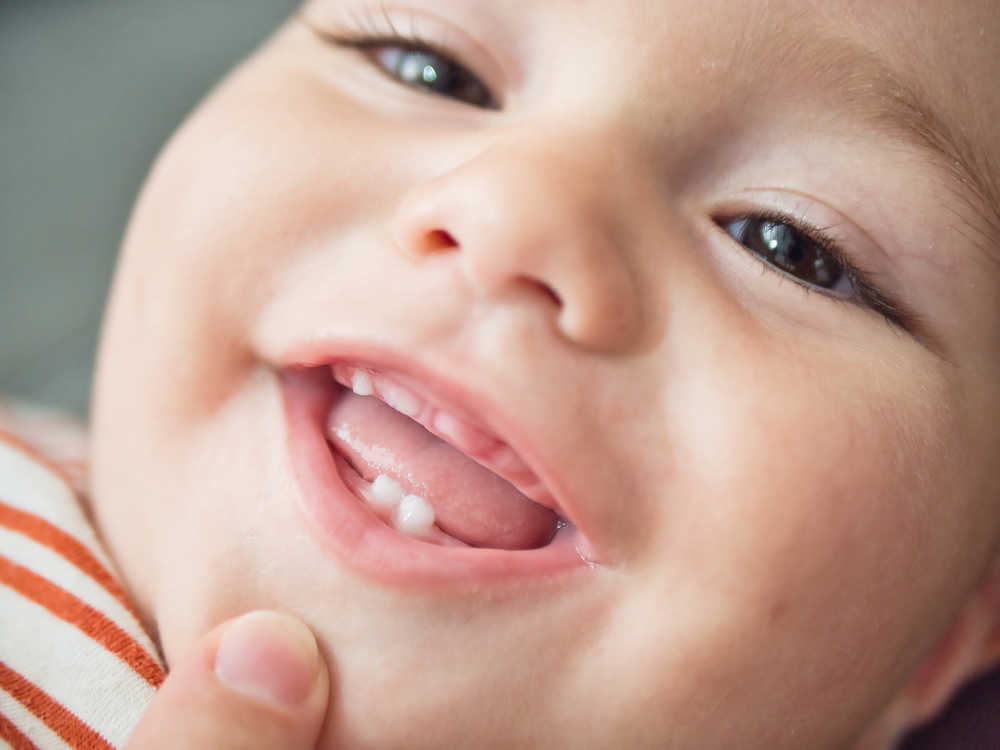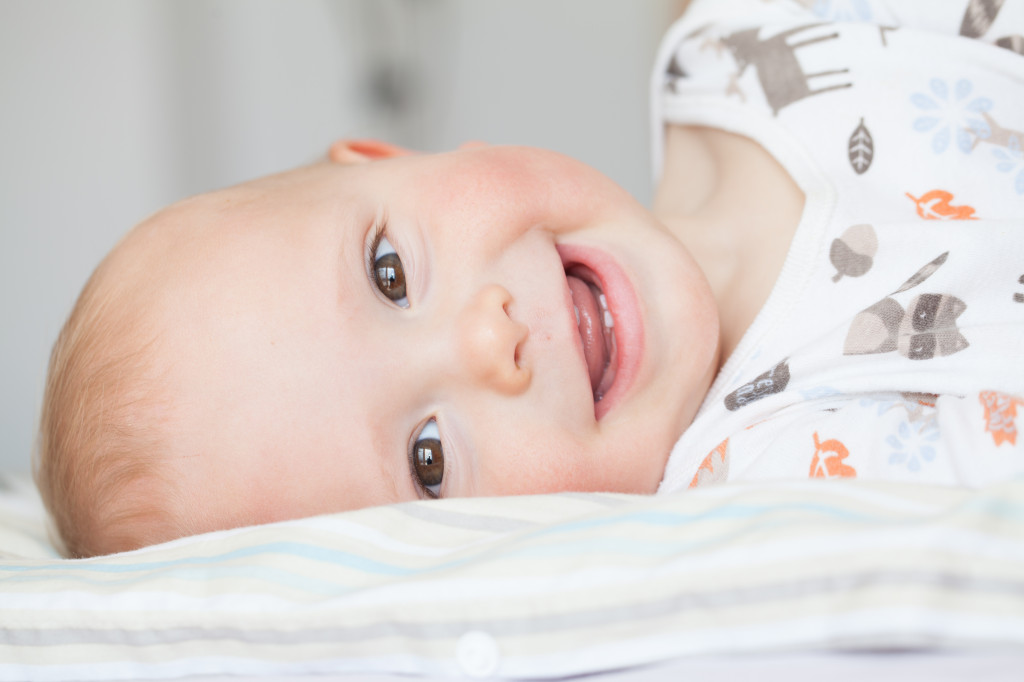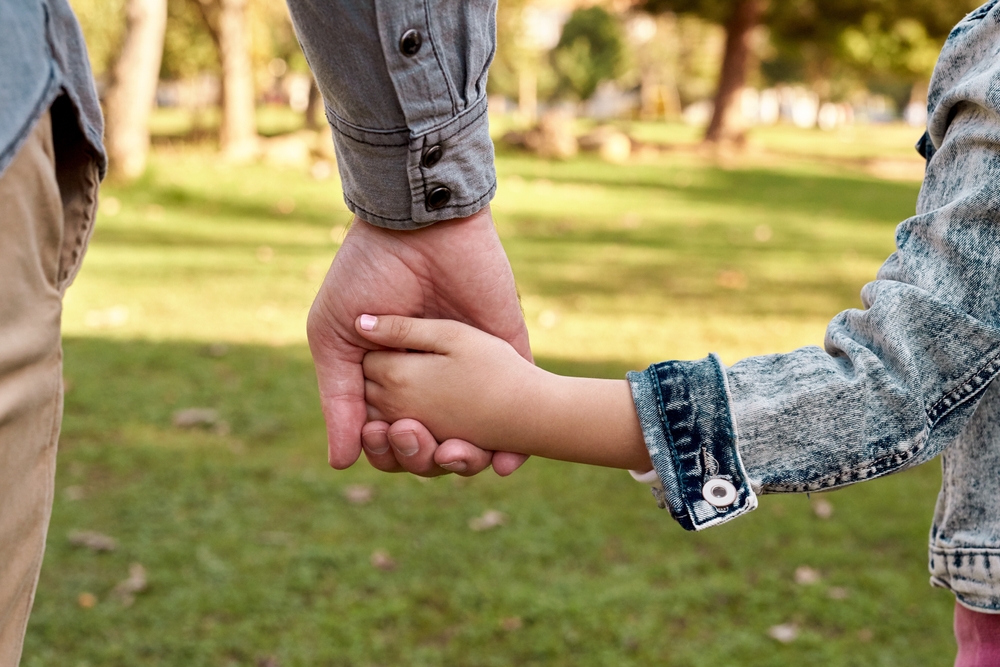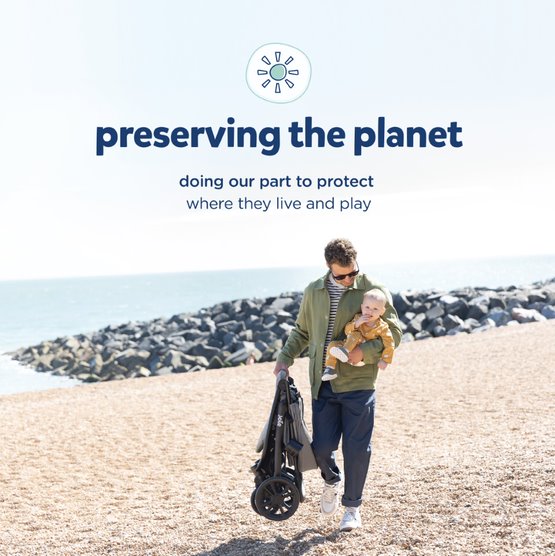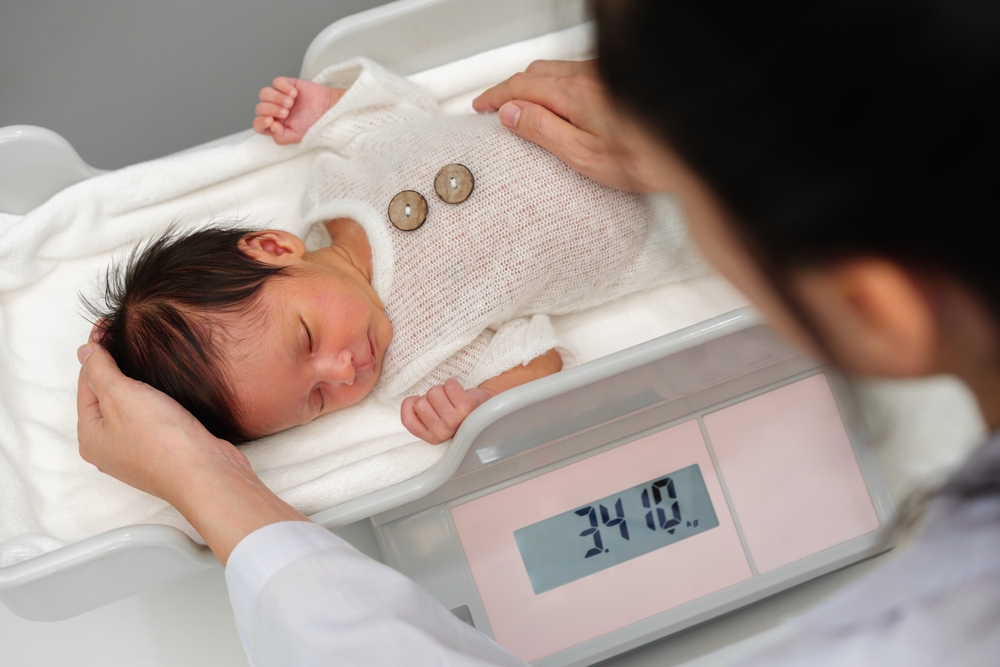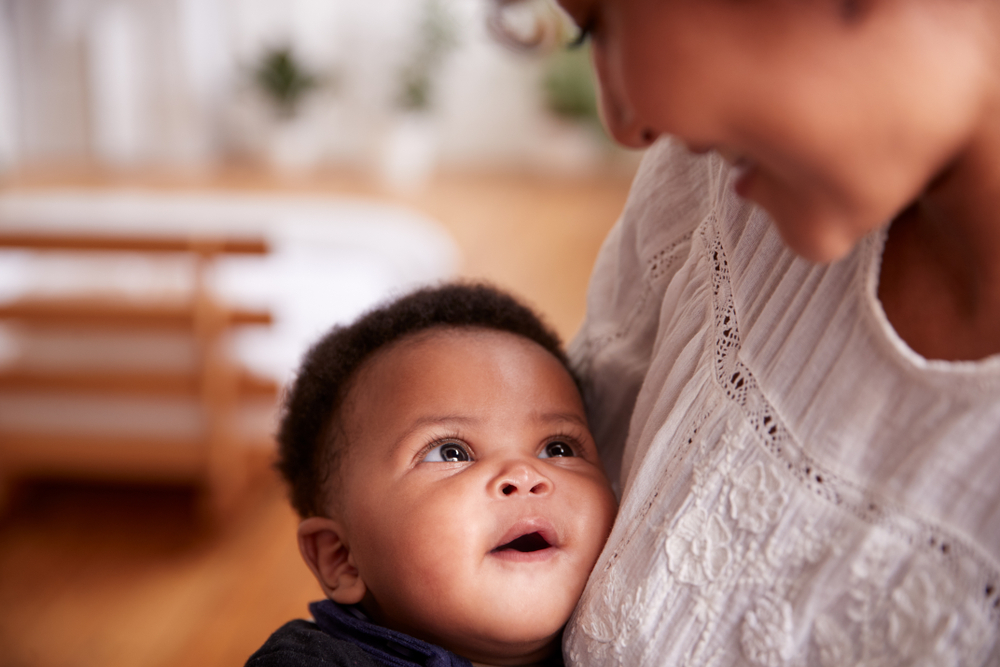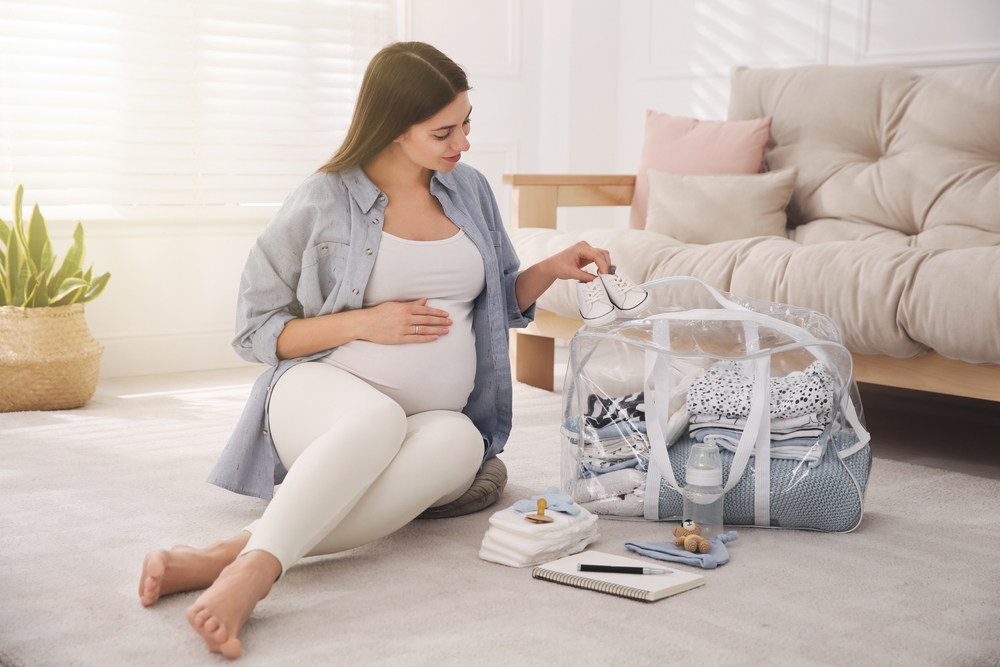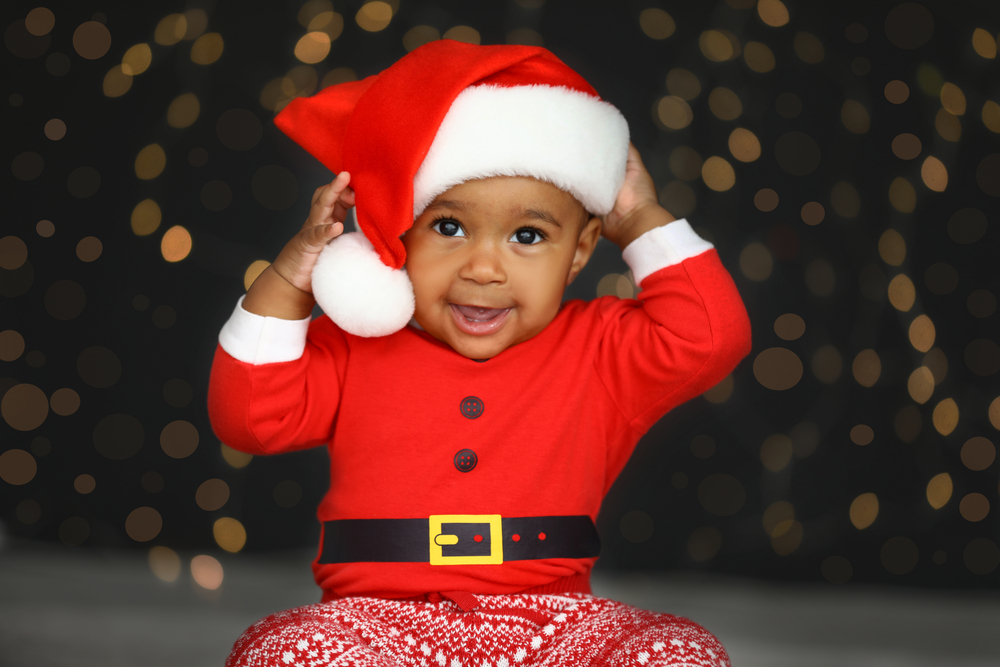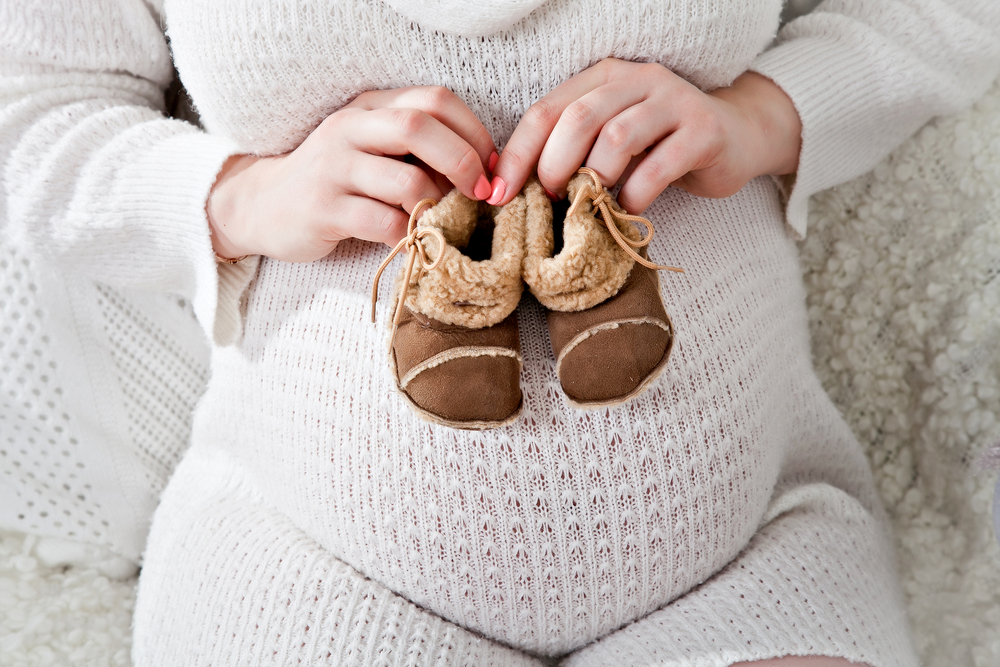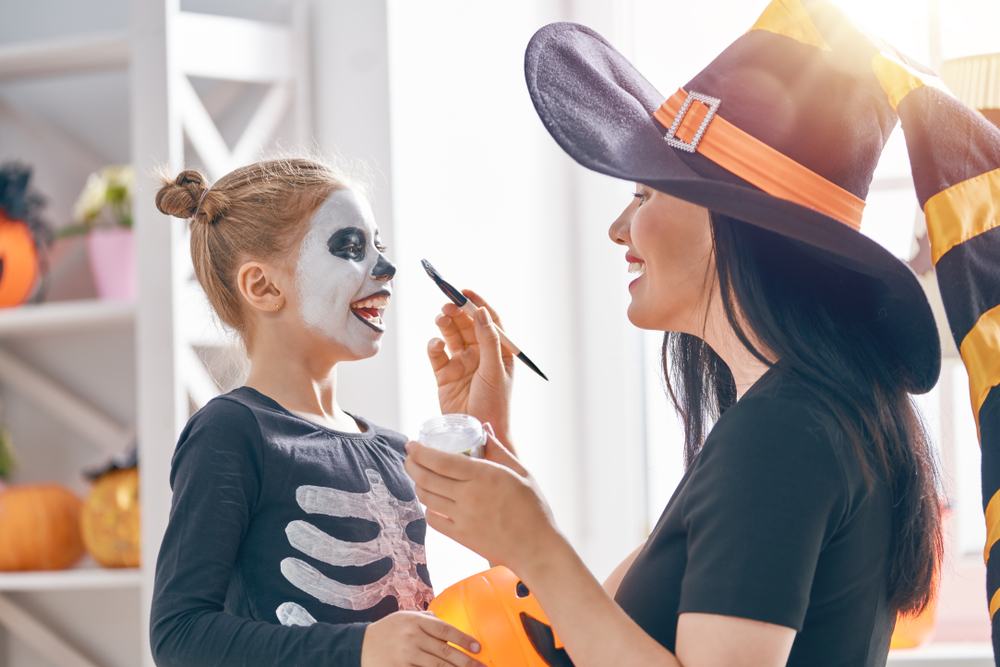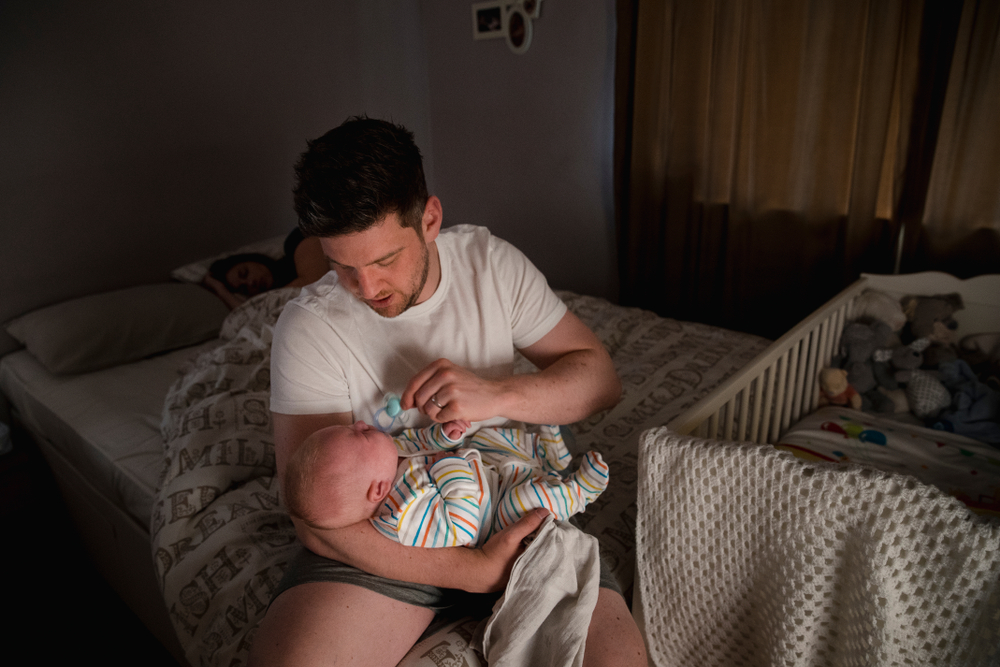Teething and tooth eruption are a big part of development in your baby’s first years. As they progress through their early years, they gain 20 teeth, usually by the age of 3. Sometimes teething doesn’t go quite as expected, but this isn’t necessarily anything to panic about; knowing the correct order teeth are supposed to erupt in and being aware of any delays can help you stay aware of how your baby is developing. Any concerns you have should be shared with your doctor or dentist.
Baby Teeth Order
In their first three years of development, baby’s will develop five different types of teeth. These five types of teeth will generally come in a specific order. The first teeth to arrive will be the central incisors which are their two front top teeth and front bottom teeth; usually the bottom will come first. The next teeth will be the ones next to those front teeth, called the lateral incisors. Following this, they will get their first molars followed by their canines which sit between their lateral incisors and first molars. Finally, they will get their second molars. Sometimes teeth can erupt slightly out of order but generally this isn’t a cause for concern.
Timing
Babies will also start teething at different times, it can depend on a number of factors but largely on genetics. Some babies can teethe as early as 4 months whereas others may not until 9 months to 1 year. There is a general guide to follow in terms of timings, but don’t fret too much and speak to your dentist if you’re concerned. By 10 months most babies will have their bottom front teeth, followed by their top front teeth by 12 months. Between 9 and 13 months they should have their top lateral incisors and the bottom ones by 16 months. By 18-19 months they should have their first molars and their canines by 22-23 months. Finally, they should generally get their second molars by 31-33 months and have a complete set. It is important to keep check of tooth eruption; looking for new teeth every four months once they have their first teeth.
Things to Look Out For
Baby teeth should be further spaced out than adult teeth and there needs to be plenty of room as adult teeth are bigger. If you’re concerned your baby’s teeth are coming in too close to one another it is advisable to speak to a dentist. A common issue with baby teeth is tooth decay as they are at higher risk than adult teeth. All children should start seeing a dentist after their 1st birthday so the dentist can spot any teething problems or tooth decay. It is recommended to speak to a dentist especially if your baby has no teeth by 18 months. Baby teeth will eventually be replaced by adult teeth, which will usually begin to appear around 6 years of age. Despite this, it is still important to take care of baby teeth properly as this ensures proper oral health in future.

